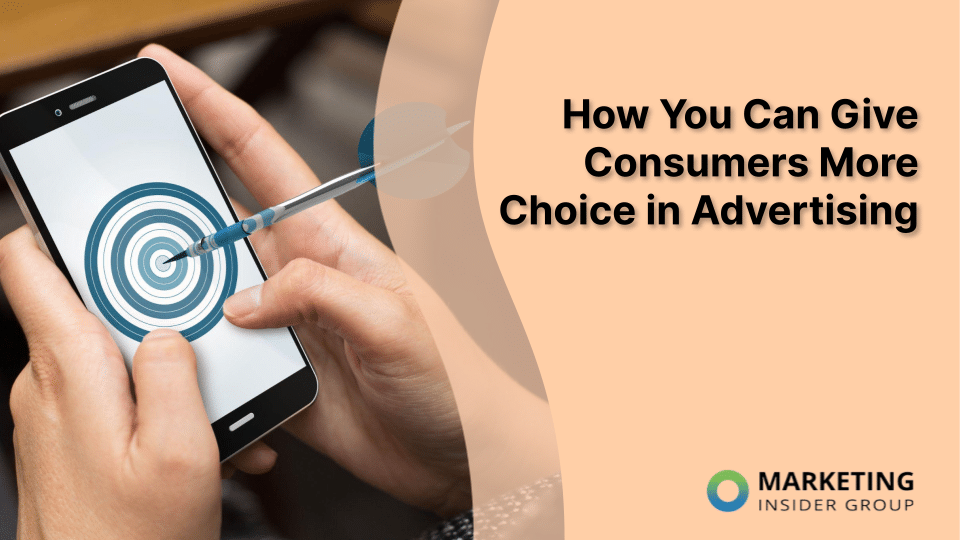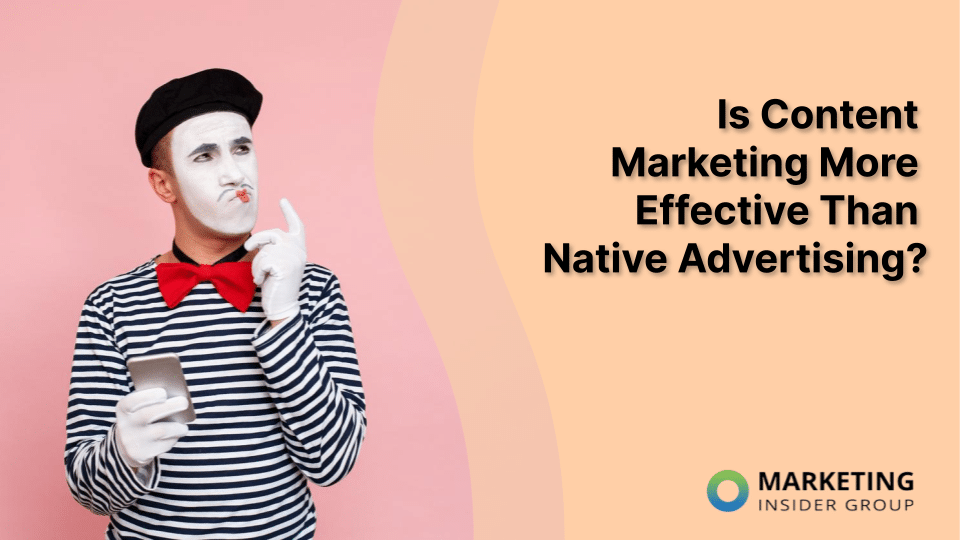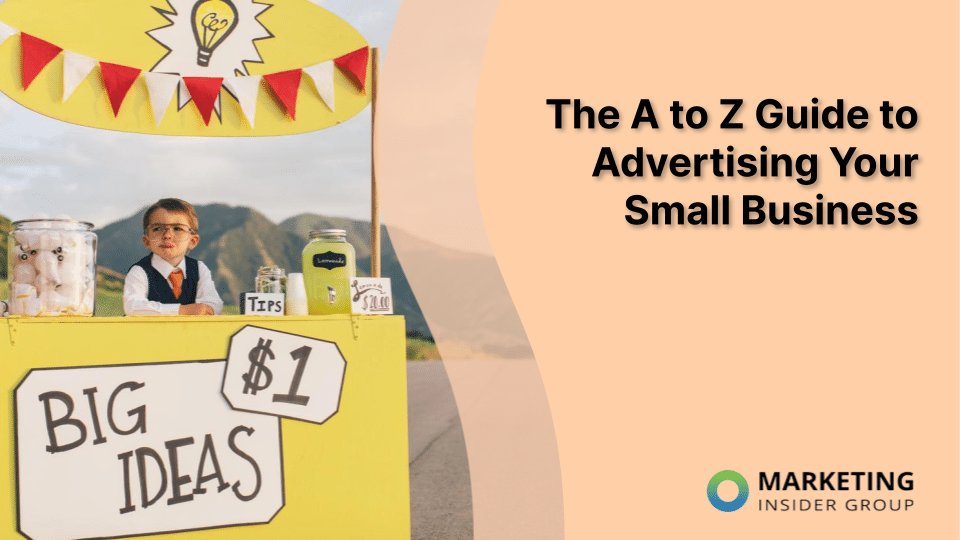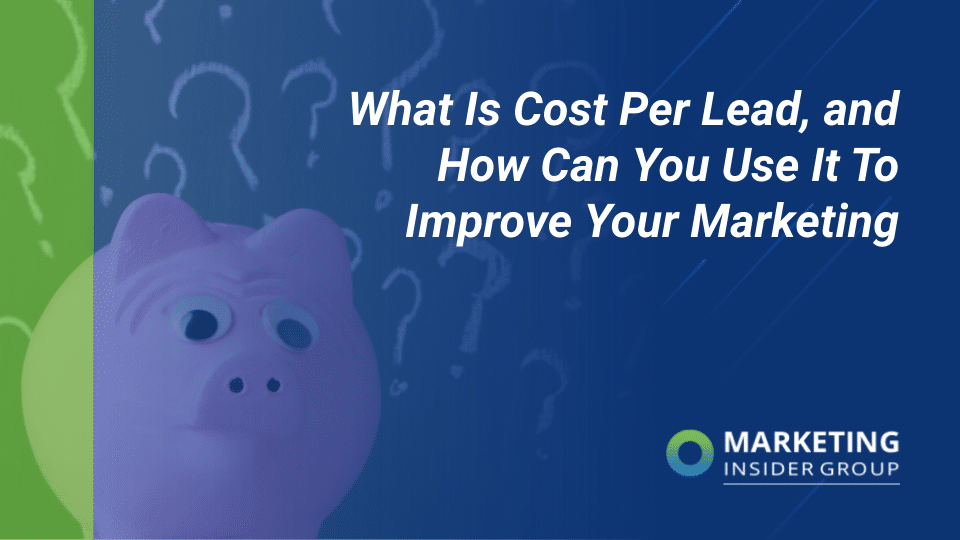
How You Can Give Consumers More Choice in Advertising
Consumers have a love-hate relationship with digital advertising. On one hand, they want to learn about new products and services. On the other, they resent being bombarded and followed by ads that feel irrelevant, intrusive, or downright creepy. How can marketers ensure their ads are welcomed rather than resented? One solution is to give consumers more choice and control over the ad-related content they see.
This may sound counterintuitive to marketing professionals who are accustomed to the idea of just “pushing out” material. However, in an era of heightened concerns about online privacy, consumers are demanding more respect from advertisers. They want brands to take their preferences into account — and be transparent about how they’re collecting and using user information. Essentially, the brand-consumer relationship has moved on from a one-sided transaction to a partnership.
Worried that this change signals the end of effective advertising for your company? It doesn’t. It simply signals the need to move away from traditional tactics.
How to Move From a Transaction to a Partnership With Consumers
Consumers still want to hear from companies. They just want the ad content engagement process to feel more balanced, appropriate, and intuitive.
Keeping this shift in mind, consider adopting some of the following new best practices. They’ll help you refine your digital advertising so it aligns with consumers’ desire to have more say in their digital ad experiences.
1. Overlay your first-party data with zero-party data.
With third-party cookies going by the wayside, you probably have started increasing your collection and use of first-party data. As a reminder, first-party data comprises the behavioral data of users as they interact with your owned online properties. First-party data is highly valuable because it gives you an insider picture on how users are moving across your sites. However, first-party data doesn’t tell the whole story. It just provides snapshots. That’s why you need to augment it with zero-party data.
Unfamiliar with zero-party data? It’s data obtained directly from the source. For instance, when a customer completes a survey, the results are zero-party data. In terms of ads, you can use zero-party data collection as a way to drive more personalization. As ViralGains explains in findings from client case studies on zero-party data, asking questions within ads can improve the consumer-brand bond. Based on the answers they give, consumers can then receive more suitable and individualized content. Consequently, their movement through your sales pipeline can be more customized, leading to higher conversions and loyalty.
With zero-party data, you’re empowering consumers to design their exposure to the future content they receive from your team. You’re also fostering personalized touchpoints with potential fans. As consumers become more acquainted with you, they’ll be apt to continue feeding you more zero-party data. That’s going to make it easier for you to better interpret your first-party data and create better ads and ad journeys.
2. Fold contextual advertising into your mix.
Contextual advertising requires no cookies or private user information. Rather, it leverages the power of keywords to show your ads contextually. For example, let’s say you sell women’s fashion accessories like handbags and clutches. You could position your ads to run alongside content like “The Top 20 Purses You Need This Spring” or “How to Accessorize With a Handbag.”
According to a recent Global Industry Analysts Inc. study, contextual advertising around the world is expected to rise to $335.1 billion by 2026. That’s a predicted 68% jump over a period of four years. During that time, marketers will improve the way their contextual advertising performs.
Interested in jumpstarting your contextual advertising campaigns? Remember that the secret to enjoying a high degree of contextual ad success lies in choosing the right keywords. After all, your initial goal should be to match ads perfectly with the adjacent content. Keywords will help you do that well. From that point, you can move to your second goal: Generating appealing, clickable content that shows you understand the viewer. It’s worth the effort to test a variety of headlines, images, and videos to see which grab consumers’ attention and drive site visits. Through testing and tweaking, you can master contextual advertising.
3. Teach consumers how to be in control.
Many consumers are unaware that they can control the advertisements they see on various platforms. For instance, Google’s settings allow users to toggle certain ad brand types on and off. Many social media platforms offer similar features. Yet consumers aren’t always in-the-know. If you teach them how to defend themselves against unwanted ads, your brand may be seen in a more positive light.
Can showing your target audiences how to keep themselves safe from unwanted ads be good for your brand? It can. Look at the results of one joint study published by MAGNA and Brave. The study showed that top brands could achieve up to 74% ad-user engagement when ads ran through a privacy browser. Essentially, users didn’t always opt-out. They simply “opted into ” ads strategically based on their personal interests and preferences.
When you draw in users with fresh, enlightening content geared toward making them more confident about giving away data, you build trust. You open the door to being able to talk transparently about how your brand protects its customers’ information, too. With 70% of consumers saying they want to be educated through articles, sharing your expertise makes perfect sense.
4. Position influencers as an extension of your digital advertising.
The rise of influencer marketing has been phenomenal during the past decade as social media becomes more common. Today, influencers exist in nearly every category, including within B2B industries. By combining forces with one or more influencers, you can advertise your brand or its offerings in a way that feels natural to (and not forced on) consumers.
Consider the case of a consumer who follows a particular influencer. When the influencer mentions your company, the mention sounds organic. The consumer sees the mention as an invitation to learn more and perhaps download a whitepaper, watch a video, or make a purchase. The consumer doesn’t see the inclusion of your brand as anything but normal and positive.
While you’ll still want to invest in conventional advertising routes, influencers can supercharge your results. In addition to directly leading consumers to your site, influencers are able to prompt brand curiosity. Consequently, a consumer who’s heard about your brand from an influencer and sees your ad later may be more inclined to click.
The last thing you want is for your ads to reflect negatively on your brand. By turning the wheel over to consumers and giving them more choice in the advertising they see, you’re promoting a sense of camaraderie, respect, and trust with them. And those are great building blocks to start a long-term, mutually beneficial relationship.






